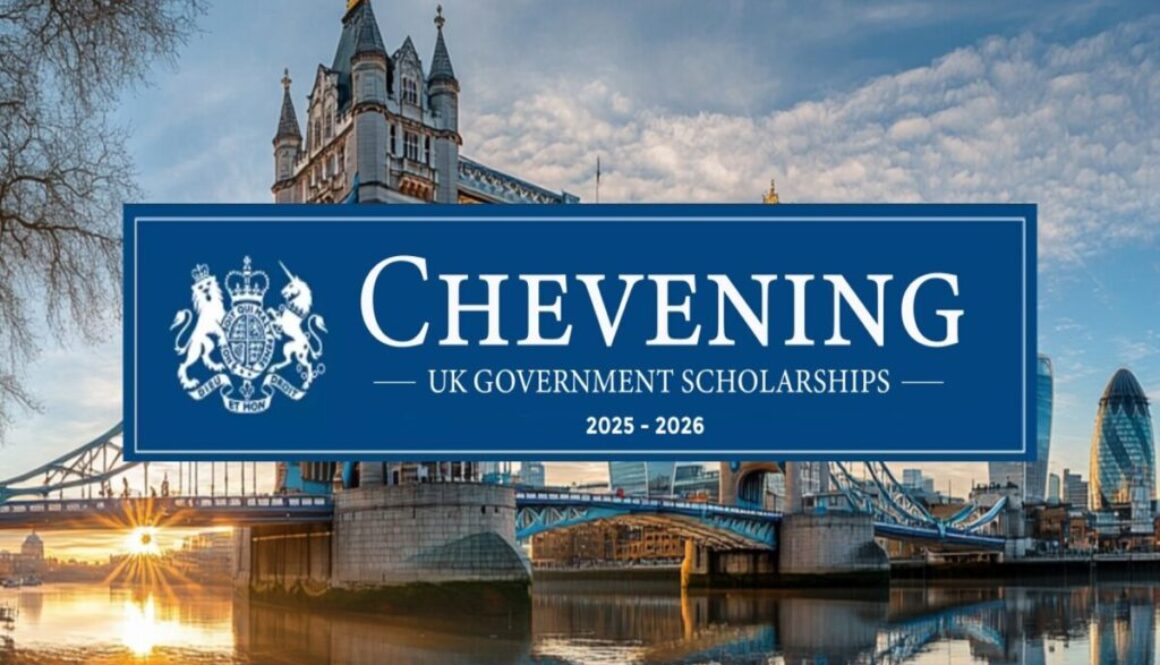How To Apply For Fully Funded Scholarship In The USA
Getting a fully funded scholarship for a master’s degree in the USA can be highly competitive, but it’s achievable with the right approach. Here’s a step-by-step guide to help you secure a fully funded scholarship:
1. Research Scholarships
Start by identifying scholarships aligning with your field of study, nationality, and career goals. Here are some popular sources of fully funded scholarships:
a. University-Specific Scholarships
- Many universities in the USA offer fully funded scholarships for international students, covering tuition, living expenses, and even travel costs.
- Check the specific university websites for scholarship opportunities and eligibility criteria for international students.
b. Government-Funded Scholarships
- Fulbright Program: One of the most well-known and prestigious programs for international students. It provides full funding for a master’s or doctoral degree.
- Hubert H. Humphrey Fellowship Program: A non-degree program for professional development in fields like public policy, education, and law.
- Education USA: They offer various resources to find scholarships and other funding opportunities for international students.
c. Private Scholarships
- Look into private organizations and foundations that offer scholarships to graduate students in specific fields. Some examples include:
- The Joint Japan/World Bank Graduate Scholarship Program
- The United Nations Scholarship Programs
- The Aga Khan Foundation International Scholarship Program
d. Industry-Specific Scholarships
- Some companies, especially in STEM fields, offer scholarships or fellowships to support graduate students. For example, Google and Microsoft provide scholarships for students pursuing computer science or engineering degrees.
2. Prepare Your Application Documents
Fully funded scholarships require strong and competitive applications. Ensure that you have the following:
- Strong Academic Record: Excellent grades in your undergraduate studies are essential.
- Standardized Test Scores: Many scholarships require GRE, GMAT, or TOEFL/IELTS scores. Check the specific requirements for the scholarships you’re interested in.
- Personal Statement or Statement of Purpose (SOP): A well-written SOP explaining why you want to study in the USA, your academic and career goals, and how the scholarship will help you achieve them.
- Letters of Recommendation: Secure strong letters from professors or professionals who can speak to your academic ability and potential.
- CV/Resume: Highlight academic achievements, extracurricular activities, internships, and any relevant work experience.
- Research Proposal (if applicable): For research-oriented scholarships or programs, you may need to submit a research proposal.
3. Apply to Multiple Scholarships
Applying to multiple scholarships increases your chances of securing funding. Be sure to:
- Tailor your application to each scholarship’s requirements.
- Meet all deadlines and provide all necessary documentation.
- Follow up with your recommenders to ensure they submit their letters on time.
4. Consider Fellowships and Teaching/Research Assistantships
In addition to scholarships, many universities offer:
- Teaching Assistantships (TAs) and Research Assistantships (RAs) provide funding in exchange for assisting professors in their research or teaching courses.
- Fellowships: Some departments offer fellowships that provide full funding, including tuition and a stipend for living expenses.
5. Stay Organized
- Keep track of deadlines and required documents for each scholarship.
- Create a list of scholarships and their specific requirements to ensure you don’t miss any opportunities.
- Be proactive and apply early to maximize your chances of success.
6. Networking
- Attend university fairs, scholarship information sessions, and webinars to learn about new funding opportunities.
- Connect with current students or alumni of the programs you’re interested in to get advice on the scholarship application process.
7. Check for University Graduate Programs with Built-In Funding
Some graduate programs in the U.S. (especially in STEM, social sciences, and humanities) come with built-in funding, which might include full tuition, health insurance, and stipends. These programs often provide assistantships or fellowships as part of the graduate program.
Examples of Well-Known Fully Funded Scholarships:
- The Fulbright Program
- The Joint Japan/World Bank Graduate Scholarship
- The Gates Cambridge Scholarship
- The Chevening Scholarship (for international students from specific countries)
- The Knight-Hennessy Scholars Program at Stanford University
- The Stanford Reliance Dhirubhai Fellowship
- The Rotary Peace Fellowship
8. Follow Up on Your Applications
After submitting your applications, check if there are any additional steps or interviews. Some scholarships may require an interview, while others may need additional documentation.












